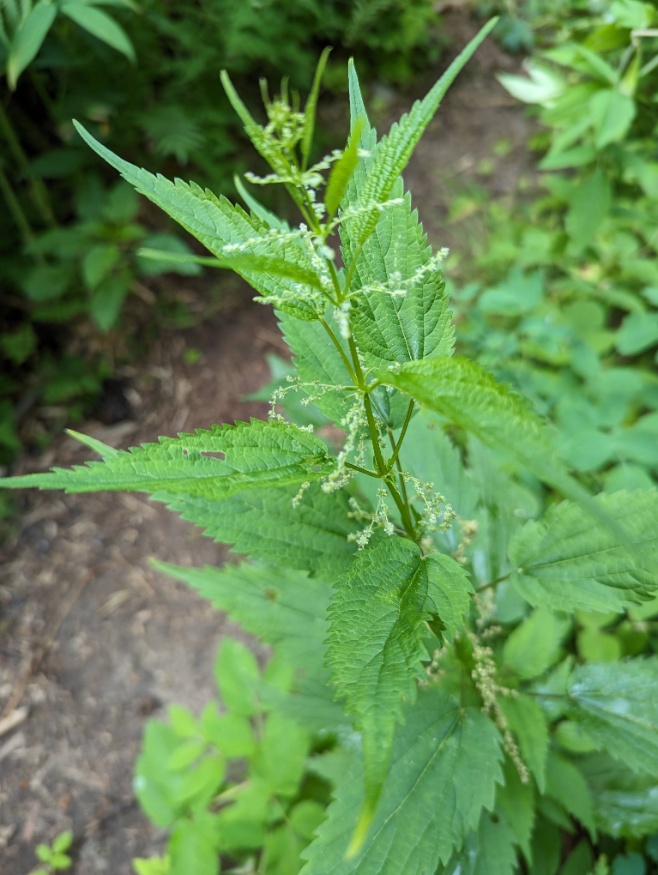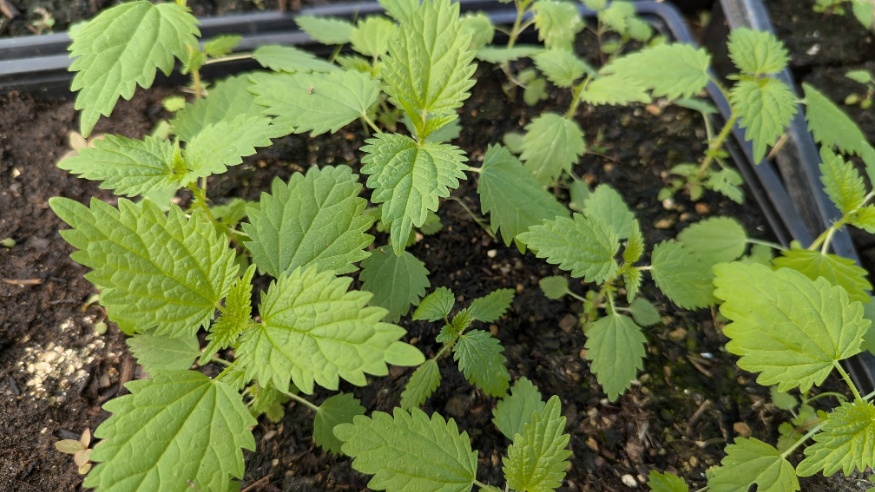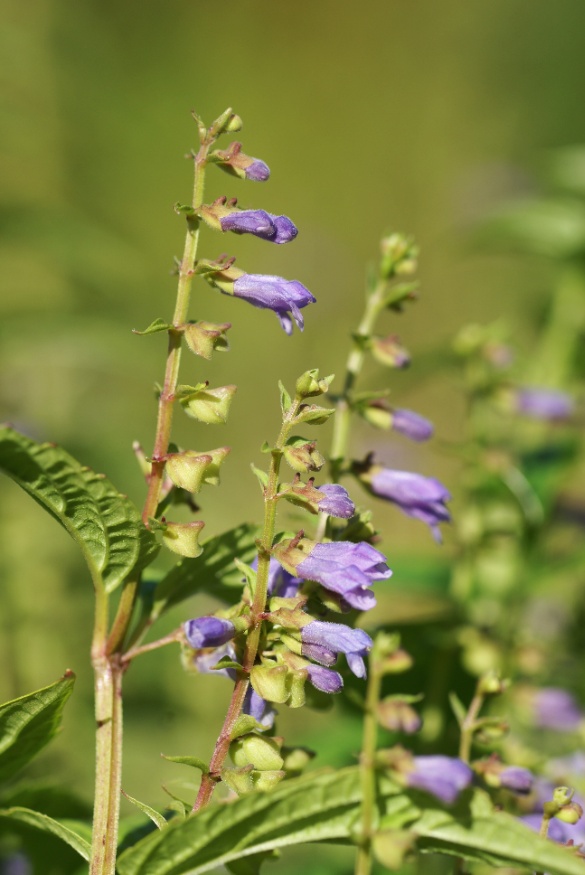Western Medicinal Oregon Grape
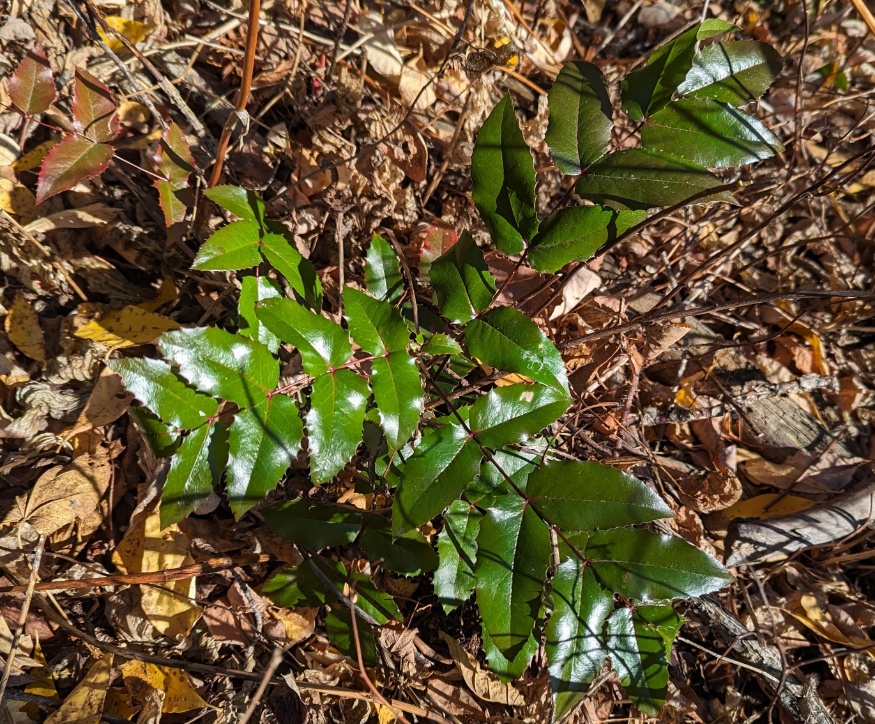
Living in Northern BC, I was excited to come across an interesting plant that looks like holly. It turns out the name and appearance of this plant are a little misleading (without fault of it's own of course).
@naturewithus_ Northern medicinal Oregon grape. #psoriasis #stomachproblems #naturalmedicine ? Gentle instrumental music with piano main(1399913) - sorateras
Oregon grape is not a type of grape or holly but rather in the barberry family. You may be familiar with Japanese barberry, a purplish-red, spiny ornamental often used in landscaping. In the Pacific North West there's three types:
- Mahonia aquifolium (taller and more shrub-like)
- Mahonia repens (low and spreading by rhizomes)
- M. nervosa (in mature Douglas fir and Western red cedar forests)
M. aquifolium seems to be the type commonly found here in northern BC but it seems to be a lower ground cover than the shrub versions seen in the south (I wonder if it's hybridized with M. Repens since these plants do hybridize easily). Like Japanese barberry, Oregon grape is often sought after in landscaping. Shinny, interesting-shaped evergreen leaves, blue berries, and yellow flowers give it year-round interest, especially in shaded woodland areas where it naturally grows.
I was even more interested when I heard about the medical actions Oregon grape is known for. There are different species of this plant that grow natively in Asia as well as the Americas. For centuries, it's been used in Chinese medicine as well as by Native Americans for food, medicine and even as a dye for basketry. All parts are edible, even the berries but they're quite bitter (good for jams, wine, and pies). The yellow spring flowers are even edible and slightly sweet along with the bitterness. Teas, tinctures, and salves can be made from Oregon grape to relieve skin and stomach ailments.
Most of the plant constituents or 'medicines' are in the root cambium, where it identifies it's self in a bright yellow color, (berberinic acid), The alkaloid berberine is one of its key components; widely used in herbal medicine and found in other plant species such as golden seal and barberry.
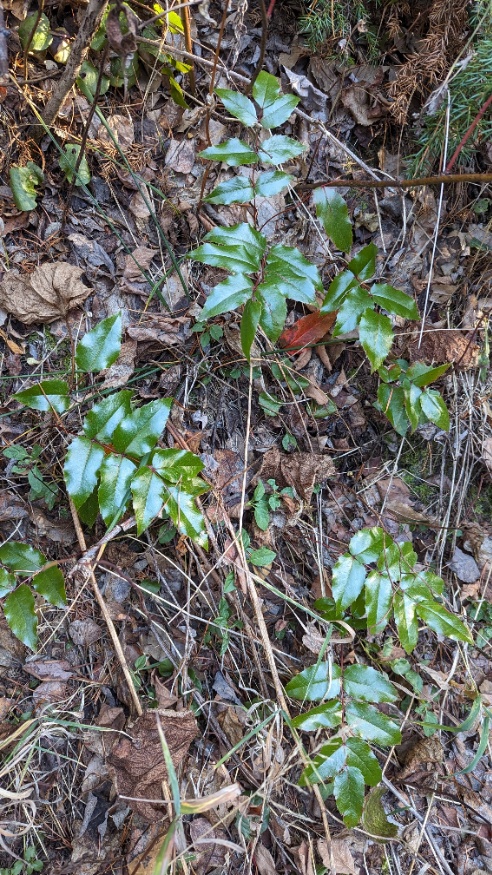
Psoriasis
The antifungal and antibacterial properties of Berberine help with infected skin caused by psoriasis and other skin conditions. Berberine is even effective against graham negative bacteria, the most difficult type of bacteria to treat. The plant is said to slow production of psoriasis cells and reduce inflammation on the skin and taking it internally is said to help battle psoriasis from the inside out.
Stomach Issues
Internally, Oregon grape not only helps with psoriasis, but also stomach, intestinal, and gallbladder issues. As a bitter, it acts as a tonic for liver stimulation, cleansing, and detoxifying. A couple drops of tincture taken a few minutes before meals triggers bile production in the body, relieving Indigestion and bloating issues. Bile helps to break down the fat in food efficiently, making it readily available for our cells to use. Oregon grape's berberine constituent also helps regulate fat cells and some even claim it to remedy weight loss.
Harvesting
Unlike goldenseal, Oregon grape is usually abundant and not over harvested. It spreads by rhizomes so when a plant is cut off from the colony, more can grow back in its place. You can also harvest in winter when nutrients are brought from the canopy down into the roots.
Harvest by first giving an offering of some kind in thankfulness. This may be tobacco or a prayer, some hair, etc. whole plants can be dug up with roots exposed and thoroughly cleaned. Simply chewing on the roots is the simplist way to take it in, but most people use this method:
- Use a knife or peeler to carve away the outer bark to reveal the bright yellow color underneath.
- Carve this bright yellow inner bark into a bowl to use for medicine
- Discard the outer bark and the heart wood stem
- Dry the inner bark for later use or use them fresh in a tea, tincture, or salve
- Optionally dry then grind it into a powder for a poultice, or for tea
All parts of the plant are usable but the roots and lower stem is where you'll find the nice yellow medicinal berberine. Just make sure to carve it while it's fresh, as it hardens if you wait too long.
Precautions
Oregon grape is generally considered safe, but there are some precautions to follow like any medical herb. Try in small amounts at first Incase of any allergic reactions, and consider consulting a health care professional before using, especially if taking with other medications.
I've heard to be cautious using it if pregnant or on young children and elderly, and have also heard it's safe for children especially since it's milder than goldenseal. Either way, consulting a health professional and doing research is best.
Oregon grape is great for cleansing, and detoxifying the body, It will target bad microbes like yeasts and candida, but over time it can wipe out good microbes too so don't take it excessively.
I get a lot of Joy in sustainably harvesting native plants from the forest and using them for the health and well-being of myself and family. As always, be sure to properly identify and use it with care. Also, Oregon grape does no work for everyone's psoriasis, but many claim it has done wonders, not only for their skin but for many other ailments. Don't be afraid to give it a try!
